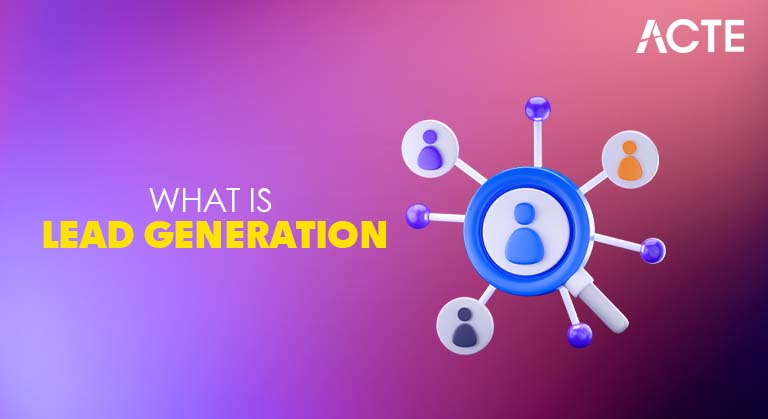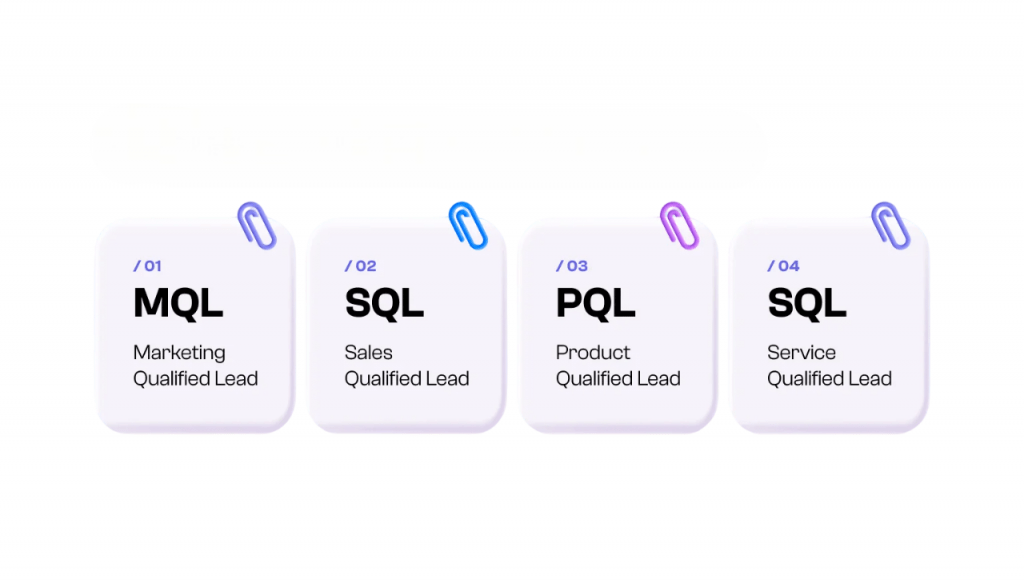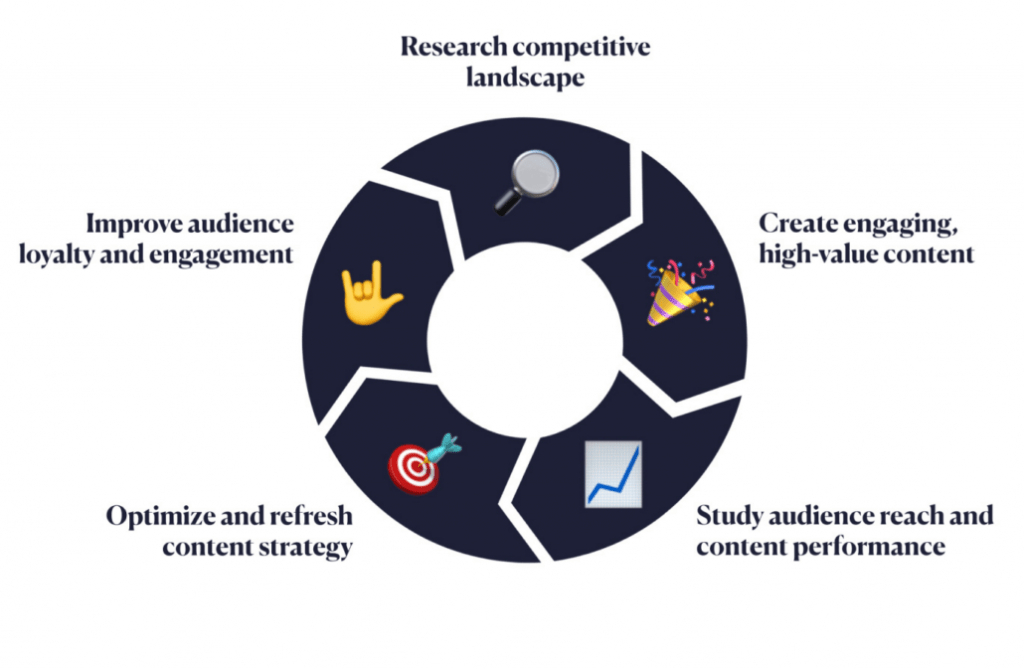
- Introduction to Lead Generation
- Types of Leads
- Lead Generation Funnel
- Inbound vs Outbound
- Content Marketing for Leads
- Email Capture Strategies
- Paid Ads for Lead Gen
- Lead Magnets and CTAs
- Conclusion
Introduction to Lead Generation
The digital revolution has transformed the way businesses acquire new customers. Digital Marketing Training Traditional methods like cold calling and door-to-door sales have given way to more sophisticated techniques driven by data, automation, and personalization. Lead generation today encompasses a wide array of strategies that span websites, social media platforms, email marketing, search engines, and paid advertising. The process typically begins with attracting visitors to your digital platforms and encouraging them to take an action that signifies interest. From there, businesses can begin a dialogue, build relationships, and guide prospects through the sales funnel.Lead generation is the process of identifying and attracting potential customers for a business’s products or services. It plays a critical role in the sales and marketing strategy of any organization. A lead is typically someone who has shown interest in your offering, whether by filling out a form, signing up for a newsletter, downloading a resource, or engaging with your content. The ultimate goal of lead generation is to nurture these leads and convert them into paying customers. With the rise of digital channels, lead generation has become more dynamic and data-driven, offering businesses the ability to target, track, and convert prospects more efficiently than ever before.Lead generation is the process of attracting and converting potential customers called leads into individuals who have shown interest in your product or service. It’s a crucial part of any sales and marketing strategy because it helps businesses build a pool of qualified prospects to nurture and eventually turn into paying customers. Effective lead generation involves using various tactics like content marketing, social media, email campaigns, and paid advertising to capture contact information and engage your target audience. Ultimately, it lays the foundation for growing your customer base and increasing revenue.
Ready to Get Certified in Digital Marketing? Explore the Program Now Digital Marketing Online Training Offered By ACTE Right Now!
Types of Leads
Leads can be categorized in several ways depending on their readiness to buy or the source from which they originate. The most common classifications include:
- Marketing Qualified Leads (MQLs) – These are individuals who have engaged with your marketing efforts but are not yet ready to receive a direct sales call CC and BCC in Emails. Examples include newsletter signups or content downloads.
- Sales Qualified Leads (SQLs) – These leads have been vetted and are considered ready for direct engagement by the sales team. They often show higher intent to purchase.
- Product Qualified Leads (PQLs) – Usually applicable to companies offering free trials or freemium models. These users have experienced the product and show potential to convert to paying customers.
- Service Qualified Leads – Customers who have indicated to a service team that they are ready for an upgrade or additional service.
- Top of Funnel (ToFu) – This is the awareness stage. The goal is to attract as many prospects as possible using content marketing, SEO, social media, Become a Content Writer and ads.
- Middle of Funnel (MoFu) – This stage focuses on engagement and nurturing. It involves email campaigns, webinars, whitepapers, and case studies that provide more detailed value.
- Bottom of Funnel (BoFu) – This is the decision stage, where leads are ready to make a purchase. Tactics include product demos, free trials, consultations, and customer testimonials.
- Inbound Lead Generation relies on attracting potential customers through valuable content and experiences tailored to them. This includes blogging, Digital Marketing Training , SEO, social media, and webinars. Inbound is more subtle and aims to pull prospects in.
- Outbound Lead Generation involves proactively reaching out to potential customers. Common outbound strategies include cold calling, email outreach, direct mail, and advertising. Outbound is more direct and interruptive but can deliver quick results when executed well.
- Target specific audiences using demographics, interests, and behaviors to reach ideal prospects.
- Use compelling ad copy and visuals that highlight your value proposition and call-to-action.
- Choose the right platform (Google Ads, Facebook, LinkedIn, etc.) based on where your audience spends time.
- Create dedicated landing pages optimized for conversions with clear forms and minimal distractions.
- Utilize retargeting campaigns to re-engage visitors who didn’t convert initially.
- Test different ad formats like search ads, display ads, video ads, and carousel ads to find what works best.
- Monitor and optimize campaigns regularly using metrics like CTR, CPC, and conversion rates.
- Set clear goals and budgets aligned with your lead generation targets.
- Incorporate lead magnets in ads to increase sign-up or inquiry rates.
- Ensure mobile optimization for ads and landing pages, as many users access ads on mobile devices.
- Lead magnets are valuable offers given in exchange for a visitor’s contact information.
- Examples include eBooks, checklists, free trials, webinars, templates, and discounts.
- They should solve a specific problem Your Target Audience or provide significant value to your target audience.
- A strong lead magnet builds trust and encourages visitors to subscribe or engage.
- CTAs are prompts that guide users to take a specific action, like “Download Now” or “Get Your Free Trial.”
- Effective CTAs are clear, concise, and action-oriented.
- Placement matters: use CTAs on landing pages, blog posts, emails, and pop-ups for maximum impact.
- Pair CTAs with lead magnets to increase conversions and capture more leads.

Lead Generation Funnel
The lead generation funnel is a visual representation of the journey a potential customer takes from first becoming aware of your brand to making a purchase. It consists of several key stages:
Each stage requires tailored content and strategies to move leads further down the funnel.
To Explore Digital Marketing in Depth, Check Out Our Comprehensive Digital Marketing Training To Gain Insights From Our Experts!
Inbound vs Outbound Lead Generation
Lead generation strategies can be broadly classified into inbound and outbound techniques.
Both approaches have their merits and often work best when used in tandem.
Content Marketing for Leads
Content marketing is one of the most powerful and effective strategies for generating leads in today’s digital landscape. It involves creating and distributing valuable, relevant, and consistent content to attract and engage a clearly defined audience, with the ultimate goal of driving profitable customer action. Unlike traditional advertising, content marketing focuses on building trust Google Algorithm Updates and relationships by providing helpful information that addresses the needs and pain points of potential customers. This approach not only draws visitors to your website but also encourages them to interact with your brand through various formats such as blog posts, eBooks, videos, webinars, and infographics. By offering high-quality content that educates and solves problems, businesses position themselves as industry authorities and trusted resources. This authority helps nurture leads through the buyer’s journey from awareness and consideration to decision-making by guiding prospects with targeted content at each stage. For example, a blog post might introduce a common problem, an in-depth guide could explore solutions, and a case study or product demo can showcase how your offering meets those needs. Alongside content, calls-to-action (CTAs) are strategically placed to prompt visitors to take the next step, such as downloading a free resource, signing up for a newsletter, or requesting a consultation. Capturing contact information through forms enables further nurturing through personalized email campaigns or retargeting efforts.

Moreover, content marketing supports SEO efforts by improving website visibility and attracting organic traffic, which often results in higher-quality leads compared to paid advertising. Sharing content across social media platforms and leveraging influencer partnerships can amplify reach and engagement. Overall, content marketing creates a sustainable lead generation funnel that continually attracts, educates, and converts prospects, driving long-term growth and fostering lasting customer relationships.
Looking to Master Digital Marketing? Discover the Digital Marketing Expert Masters Program Training Course Available at ACTE Now!
Email Capture Strategies
Capturing email addresses is a vital part of lead generation. These email addresses serve as gateways to nurture and convert leads through personalized communication. Email capture strategies are essential for building a valuable subscriber list that allows direct communication with potential customers. To effectively capture emails, businesses use a variety of tactics such as offering compelling lead magnets like free eBooks, Customer Persona, checklists, or exclusive discounts in exchange for contact information. Pop-up forms, slide-ins, and embedded sign-up forms placed strategically throughout your website can grab visitor attention without being intrusive. Personalizing calls-to-action and clearly communicating the benefits of subscribing increase sign-up rates. Additionally, using social proof like testimonials or subscriber counts can boost trust. To maintain engagement, it’s important to ensure that the email capture process is simple, mobile-friendly, and GDPR-compliant. Effective email capture lays the foundation for nurturing leads through targeted campaigns that convert subscribers into loyal customers.
Paid Ads for Lead Gen
Lead Magnets and CTAs
Calls-to-Action (CTAs)
Preparing for Digital Marketing Job Interviews? Have a Look at Our Blog on Digital Marketing Interview Questions and Answers To Ace Your Interview!
Conclusion
In conclusion, effective lead generation is vital for business growth and sustainability in today’s competitive Digital Marketing Training environment. By leveraging strategies such as content marketing, email capture, paid advertising, and optimized lead magnets paired with strong calls-to-action, businesses can attract, engage, and convert potential customers more efficiently. Each tactic plays a unique role in nurturing leads through the buyer’s journey, building trust, and ultimately driving sales. Moreover, continuous optimization and testing of these strategies ensure that efforts remain aligned with changing audience behaviors and market trends. Investing in a comprehensive lead generation approach not only increases the quantity of leads but also improves their quality, resulting in higher conversion rates and better return on investment. Businesses that focus on delivering value, clear messaging, and a seamless user experience will stand out and foster long-term relationships with their customers. As digital landscapes evolve, staying informed and adaptable in your lead generation methods will be key to maintaining a competitive edge and achieving sustained success.




